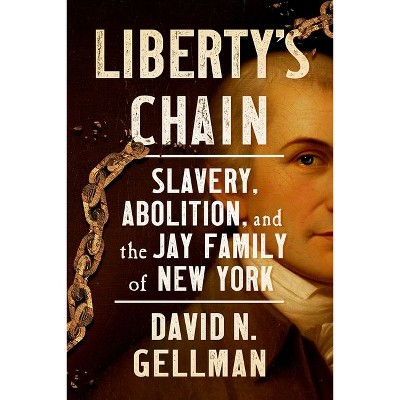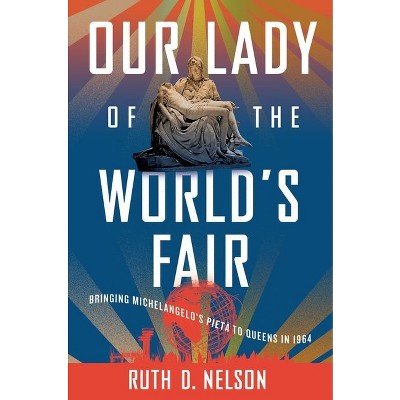Sponsored

Defending Fort Stanwix - by William L Kidder (Hardcover)
In Stock
Sponsored
About this item
Highlights
- Winner of the 2025 Book of the Year Award from the George Washington American Revolution Round Table.In Defending Fort Stanwix, William L. Kidder tells the dramatic story of "the fort that never surrendered" and the crucial role it played in the American War for Independence.
- About the Author: William L. Kidder taught history for more than three decades at the Hun School of Princeton and is a historian, interpreter, and draft horse teamster at the Howell Living History Farm in Hopewell, New Jersey.
- 336 Pages
- History, Revolutionary
Description
About the Book
"This book describes the experiences of the diverse people who successfully defended Fort Stanwix on the New York frontier at the Mohawk River Oneida carrying place portage between 1758 and 1781. It focuses on Colonel Peter Gansevoort's 3rd New York Continental regiment and the August 1777 three-week siege by forces under British Colonel St. Leger."--Book Synopsis
Winner of the 2025 Book of the Year Award from the George Washington American Revolution Round Table.
In Defending Fort Stanwix, William L. Kidder tells the dramatic story of "the fort that never surrendered" and the crucial role it played in the American War for Independence. After a series of military defeats over the winter of 1776-1777, British military leaders developed a bold plan to gain control of the Hudson River and divide New England from the rest of the colonies. Three armies would converge on Albany: one under Lieutenant General John Burgoyne moving south from Quebec, one under General William Howe moving north from New York City, and a third under Lieutenant Colonel Barrimore St. Leger cutting east from Lake Ontario along the Mohawk River. Fort Stanwix lay directly on the path of St. Leger's force, making it a key defensive position for the Continental Army. By delaying St. Leger's troops and forcing a retreat, the garrison's stand at Fort Stanwix contributed to Burgoyne's surrender at the Battles of Saratoga a month later, a major turning point in the course of the war.
Kidder offers an engaging account of life in and around the fort in the months leading up to the siege, detailing the lives of soldiers and their families, civilians, and the Haudenosaunee peoples with a focus on both the mundane aspects of military life and the courageous actions that earned distinction. Defending Fort Stanwix relates the stories of local men and women, both white and Indian, who helped with the fort's defense before, during, and after the siege and showcases an exciting, overlooked story of bravery and cooperation on New York's frontier during the American Revolution.
Review Quotes
Kidder's meticulous research and balanced narrative shed light on a critical but often overlooked episode of the war. He demonstrates that the outcome of the war was shaped not only by grand battles and generals, but also by the courage and endurance of ordinary soldiers and frontier settlers. Anyone interested in military history, Native American history, or the Revolution in the Mohawk Valley should read it
-- "Troy Record"Kidder's account is more than simply celebrating the 'fort that never surrendered.' He provides a more complete chronicle. Bringing untold stories to life, adding complexity, substories, and individual histories makes Defending Fort Stanwix an engaging narrative.
-- "Researching the American Revolution"About the Author
William L. Kidder taught history for more than three decades at the Hun School of Princeton and is a historian, interpreter, and draft horse teamster at the Howell Living History Farm in Hopewell, New Jersey. He is the author of Crossroads of the Revolution, Ten Crucial Days, and Revolutionary Princeton.

















